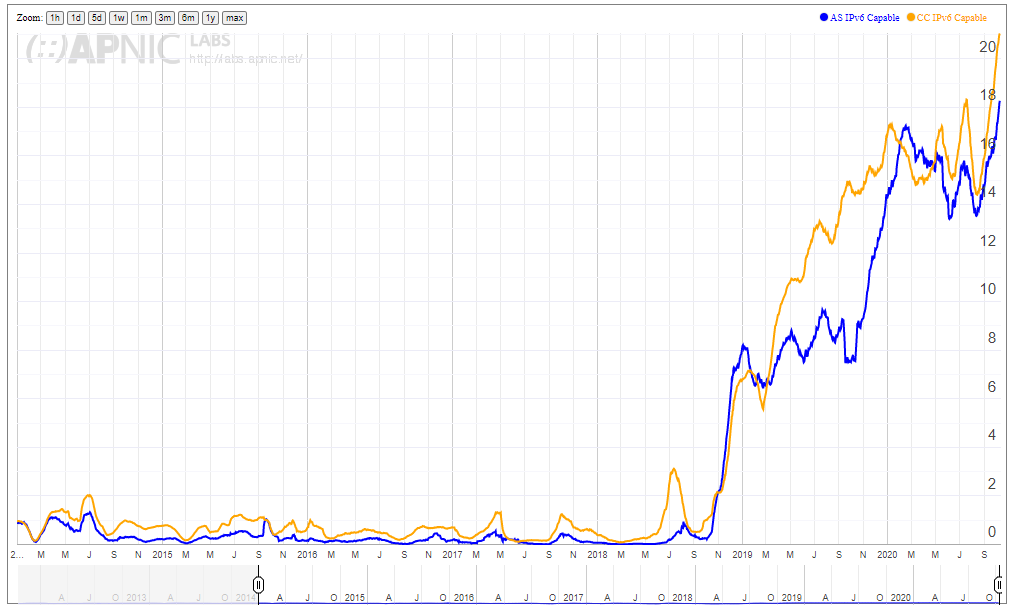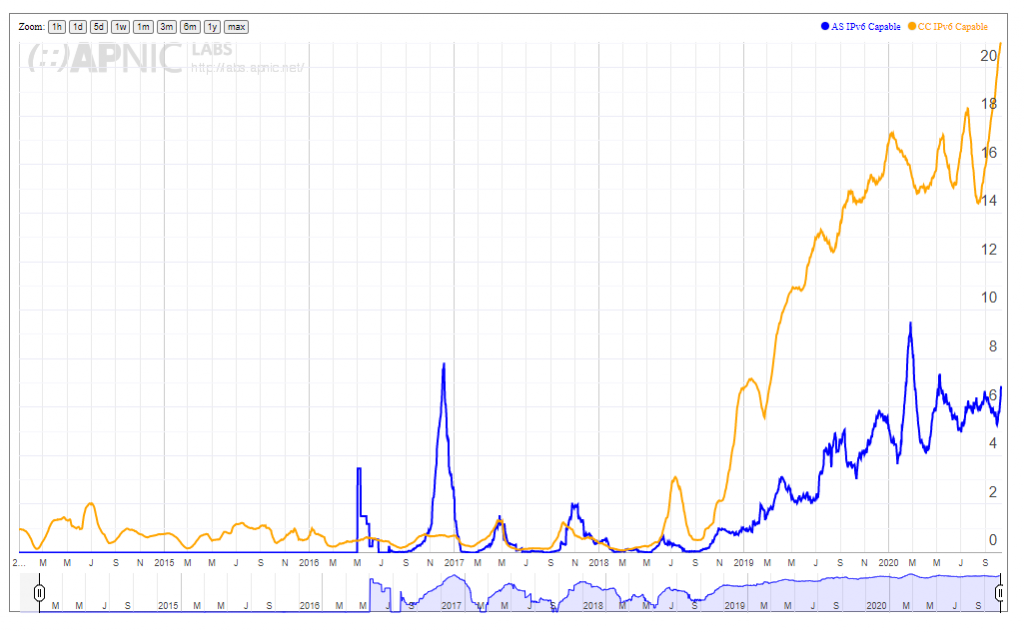
China Telecom is one of China’s three key network operators and serves roughly 346 million mobile and 180 million optical broadband users. This requires an enormous amount of infrastructure, which the company has been gradually transitioning to be IPv6 capable since its first tentative IPv6 exploratory work in 2001.
However, there are numerous challenges in a deployment of this size — not to mention different levels of deployment across the various regions of China. Part of this is because the company began its IPv6 journey with experiments including 21 Metro Area Networks (MANs) that gradually became part of a larger IPv6 program.
An IETF IPv6 deployment draft sheds some light on China Telecom’s progress.
Early experiments
Between 2003 and 2010, China Telecom’s IPv6 deployment plans involved mainly rudimentary research and pilot projects. This changed when China’s ‘Next Generation Internet‘ strategy moved its focus from research to developing infrastructure as part of which six key companies, including China Telecom, were tasked with running a series of small-scale IPv6 deployments across the economy.
Read: China’s first IPv6-only backbone network to connect a further 1,200 campuses
Each company started building their own networks according to their own designs, on the proviso that they all be connected to each other. China Telecom started by enabling its native IP backbone ‘ChinaNet’ to be dual-stack.
Then in 2012, China Telecom started field trials for Metro Area Networks (MANs) in the Jiangsu and Hunan provinces. These would serve as prototypes for future deployment projects — in total, China Telecom had IPv6-related projects occurring at 21 MANs. The Jiangsu and Hunan trials sought to test four transition technologies: Dual-stack, DS-Lite, Lightweight 4over6 and IVI technologies.
In November 2017, the Chinese government launched its Action Plan for the Large-scale Deployment of IPv6. China Telecom spent the next two years enabling IPv6 in its cloud computing platforms, the results of which started to appear in their various Autonomous Systems’ (ASes) IPv6 capability figures (see below).
Read: 100% by 2025: China’s getting serious about IPv6
However, certain networks — whether they are MANs or otherwise — outperform others in terms of IPv6 capability.
Many different ways to measure a network
Measuring China’s IPv6 deployment is a challenging, complex endeavour. There are a lot of different ways to try and gauge deployment. It’s also very different from region to region.
Read: IPv6 in China
Take the Shanghai figures for example. APNIC Labs measurements show a dramatic increase in deployment for the China Telecom AS in Shanghai (AS4812), starting around 2019; the figure currently sits around 15% IPv6 capable.

This is comparable to China’s overall IPv6 capability as shown below — they’re both roughly in the mid-teens and while that may not seem like a lot, take a look at where the spike started for both: at the tail end of 2018. So, it’s really been the last few years that there’s been a sudden uptick.
In contrast, take a look at the IPv6 deployment figures for Chengdu (AS134762) (Figure 2).

While the Shanghai network stands at about 13.59% IPv6 capable, in Chengdu that figure is around 5.8%. It’s not as much progress, certainly, but it started to rise around the same time.
Note: there are ASes with higher deployment figures than those of China Telecom’s.
No MAN is an island
There are numerous possible reasons why China Telecom may have different levels of IPv6 capability at different ASes.
China Telecom has noted that NAT444 is largely used to resolve IPv4 shortages, and when implemented, operators lose motivation to pursue IPv6 migration. In contrast, IPv6-only solutions, such as 464XLAT and DS-Lite, require that IPv6 infrastructure already be enabled, which encourages service providers to use IPv6.
In addition, unevenly developing IPv6 in itself can be a limiting factor: China Telecom in the past described the situation as the ’21 dual-stack enabled MANs are isolated IPv6 islands’.
These MANs were the first movers on IPv6 but were surrounded by networks that were not yet IPv6 capable. This meant that when linking with those networks they inevitably had to default to IPv4 on a dual-stack solution.
But since late 2018, it would appear the IPv4 oceans surrounding China Telecom’s MANs (and its other networks) are finally beginning to recede.
Note: Due to differences in testing methodology, APNIC IPv6 deployment measurements may not be identical to measurements by Chinese ISPs or CNNIC.
The views expressed by the authors of this blog are their own and do not necessarily reflect the views of APNIC. Please note a Code of Conduct applies to this blog.
